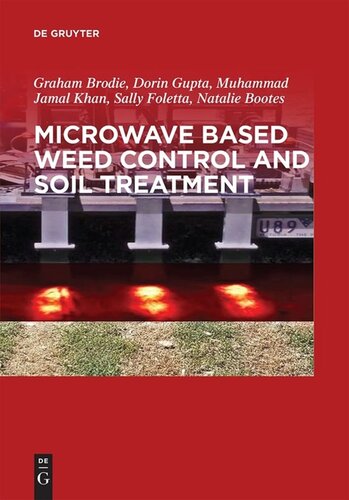

Most ebook files are in PDF format, so you can easily read them using various software such as Foxit Reader or directly on the Google Chrome browser.
Some ebook files are released by publishers in other formats such as .awz, .mobi, .epub, .fb2, etc. You may need to install specific software to read these formats on mobile/PC, such as Calibre.
Please read the tutorial at this link: https://ebookbell.com/faq
We offer FREE conversion to the popular formats you request; however, this may take some time. Therefore, right after payment, please email us, and we will try to provide the service as quickly as possible.
For some exceptional file formats or broken links (if any), please refrain from opening any disputes. Instead, email us first, and we will try to assist within a maximum of 6 hours.
EbookBell Team

4.4
32 reviewsHerbicide resistance has become an important constraint on modern agricultural practices. An alarming increase in weed biotypes that are resistant to herbicides has also been reported. Opportunity exists for a novel weed management technology, which is also compatible with no-till agricultural practices. Microwave heating can kill both emerged weed plants and weed seeds in the soil. When the intensity of the microwave fields is moderate, plants, which have already emerged, are susceptible to microwave treatment. If the microwave field is intense enough, very rapid volumetric heating and some thermal runaway in the plant structures cause micro-steam explosions in the plant cells, which rupture the plant structures, leading to death. Soil treatment requires significantly more energy; however, there are secondary benefits for crops growing in microwave treated soil. These include: significant reduction of the dormant weed seed bank; significant reduction of nematode populations; significant reduction of fungal populations; better availability of indigenous nitrogen for the plants; more rapid humification; and significant increases in crop growth and yield. Microwave weed management and soil treatment is not restricted by weather conditions; therefore, the technology may offer some timeliness and environmental benefits, which are yet to be quantified in a cropping system.